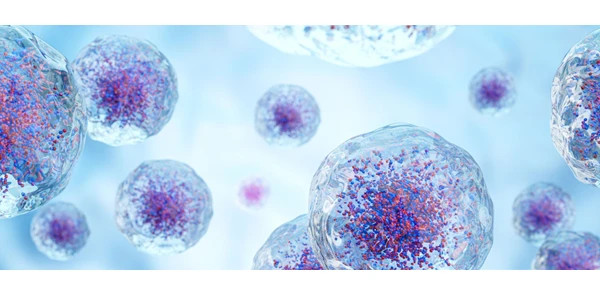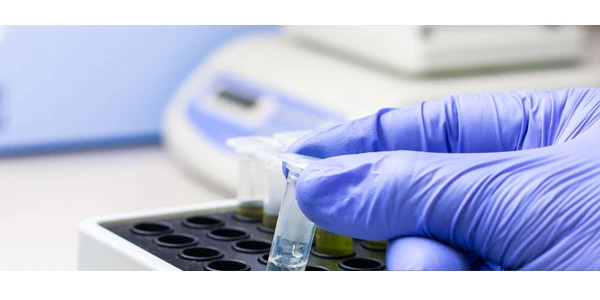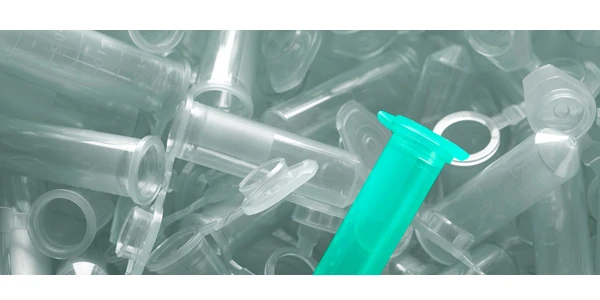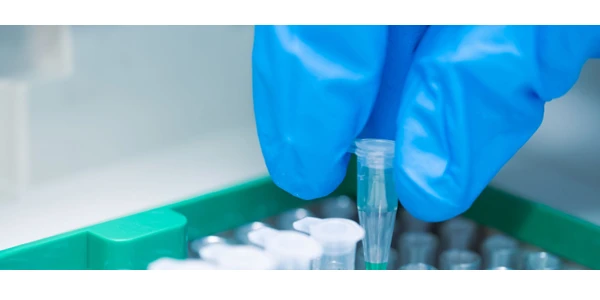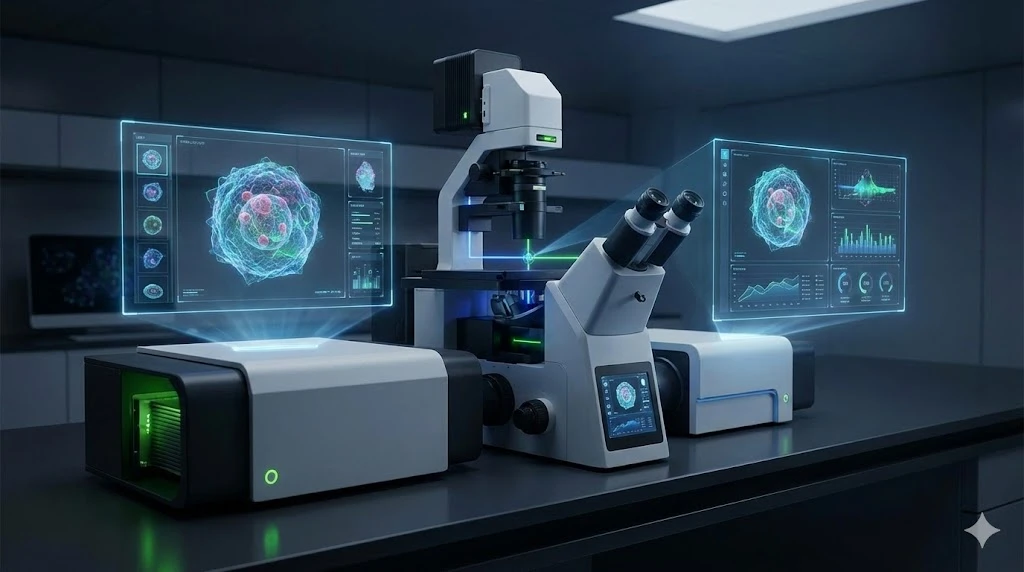Enzyme Conjugation: Advances and Applications in Biotechnology
Enzyme conjugation is a pivotal process in biotechnology, offering significant advantages in the development of therapeutic agents. By attaching enzymes to other molecules, you can enhance the resulting conjugate's stability, specificity, and overall functionality. This improved performance is crucial in medical and industrial applications, where precision and reliability are paramount. Biotechnology firms are leveraging these advancements to create more effective and targeted treatments. By integrating cutting-edge materials and methods, the landscape of therapeutic agents is rapidly evolving, ensuring more precise and effective solutions for a range of medical conditions. This innovative approach holds the potential to revolutionize the treatment landscape, creating a future where therapies are highly personalized and efficient. Enzyme conjugation involves linking enzymes to other molecules, such as antibodies or polymers, to enhance stability, specificity, and functionality. This process finds applications in diagnostics, therapeutics, and bioengineering and is used by many Biotech companies. Enzymes are biological catalysts that speed up chemical reactions in living organisms. They are typically proteins that display high specificity for their substrates, which enables precise biochemical reactions. Key properties include active sites where reactions occur, and allosteric sites that regulate enzyme activity. Enzymatic activity depends on factors like pH, temperature, and the presence of cofactors. Conjugation with various molecules may enhance enzyme stability and functionality. This modification often employs functional groups such as amine, carboxyl, and thiol groups for binding. Bioconjugation techniques involve chemically linking biomolecules to create bioconjugates. Conjugation reactions include the use of agents like glutaraldehyde and maleimide for site-specific labeling. Click chemistry is popular due to its reliability and efficiency, notably through azide-alkyne cycloaddition. Pegylation, the attachment of polyethylene glycol (PEG) chains, improves the solubility and stability of enzymes. Enzymatic bioconjugation allows for the precise modification of enzyme surfaces, enhancing properties such as binding affinity and resistance to degradation. Enzyme and polymer conjugation can leverage enzyme immobilization to facilitate enzyme reuse in industrial processes. Polymers like dextran and polyethylene glycol are used to modify enzyme surfaces. Enzyme-polymer bioconjugates find applications in drug delivery and biosensing due to their improved stability and sustained release profiles. Several techniques, including covalent attachment and adsorption, ensure stable enzyme-polymer conjugates. Site-specific bioconjugation allows for precise placement of conjugation, maintaining enzyme activity while achieving the intended modifications. Conjugation reactions often employ catalysts and specific linker molecules to ensure efficiency and specificity. By leveraging these advanced techniques, you can significantly enhance enzyme performance for various biomedical and industrial applications. Enzyme conjugation has significant potential in biomedical applications, enhancing drug delivery systems and presenting unique challenges and considerations in clinical settings. This section addresses these areas. Enzyme-conjugated biomolecules, like antibody-enzyme conjugates, play a crucial role in therapeutic applications (Melton, 1996). Using monoclonal antibodies, enzymes can be directed to specific targets, improving efficacy while minimizing side effects. For example, in cancer therapy, antibody-drug conjugates (ADCs) with enzymes like Monomethyl Auristatin E kill cancer cells without harming healthy tissue. Moreover, enzyme conjugation to nucleic acids and small molecules offers new possibilities in gene therapy and precision medicine. Enzymes like cysteine and lysine allow for site-selective modification, improving the stability and function of therapeutic conjugates. Enzyme conjugation is pivotal in enhancing drug delivery systems. Conjugating drugs with enzymes can improve pharmacokinetics, allowing for controlled release and targeting. ADCs, such as Brentuximab Vedotin, deliver cytotoxic drugs directly to cancer cells, enhancing efficacy and reducing systemic toxicity (Poznansky, 1983). Innovations in nanomedicine have also capitalized on enzyme conjugation. For instance, enzyme-nanoparticle conjugates in drug delivery systems enable precise targeting and controlled drug release (Vrtegel, Reukov and Maximov, 2010). This approach enhances therapeutic outcomes while minimizing side effects, making it a promising strategy in oncology and other fields. Site-selective modification using cysteine and lysine residues has paved the way for more sophisticated drug delivery platforms. These modifications ensure that therapeutic agents are released where needed, improving both efficacy and safety profiles. Implementing enzyme conjugation in clinical settings presents various challenges. One major consideration is toxicity. While enzyme conjugation can improve targeting and minimize systemic side effects, ensuring that the conjugates do not cause unintended cytotoxicity is critical. Rigorous testing and validation are required to confirm safety. Manufacturing these conjugates consistently and at a large scale poses another challenge. Variability in conjugation processes can affect the efficacy and safety of the final product, making standardization crucial. The pharmaceutical industry must invest in developing reliable production methods to ensure quality and consistency. Additionally, regulatory hurdles are significant. Approval for new enzyme-conjugated therapeutics involves comprehensive evaluation by regulatory bodies. Ensuring these therapeutics meet stringent safety and efficacy standards requires ongoing research and collaboration between scientists and regulatory agencies. References Melton, R.G. (1996). https://www.sciencedirect.com/science/article/abs/pii/S0169409X96004474. Advanced Drug Delivery Reviews, [online] 22(3), pp.289–301. doi:https://doi.org/10.1016/S0169-409X(96)00447-4. Poznansky, M.J. (1983). Enzyme-protein conjugates: new possibilities for enzyme therapy. Pharmacology & Therapeutics, 21(1), pp.53–76. doi:https://doi.org/10.1016/0163-7258(83)90067-0. Vertegel, A.A., Reukov, V. and Maximov, V. (2010). Enzyme–Nanoparticle Conjugates for Biomedical Applications. Enzyme Stabilization and Immobilization, [online] 679, pp.165–182. doi:https://doi.org/10.1007/978-1-60761-895-9_14. .Fundamentals of Enzyme Conjugation
Biochemical Characteristics of Enzymes
Principles of Bioconjugation
Enzyme and Polymer Conjugation Techniques
Applications and Implications of Enzyme Conjugation
Biomedical Applications of Enzyme-Conjugated Biomolecules
Innovation in Drug Delivery Systems
Challenges and Considerations in Clinical Settings
